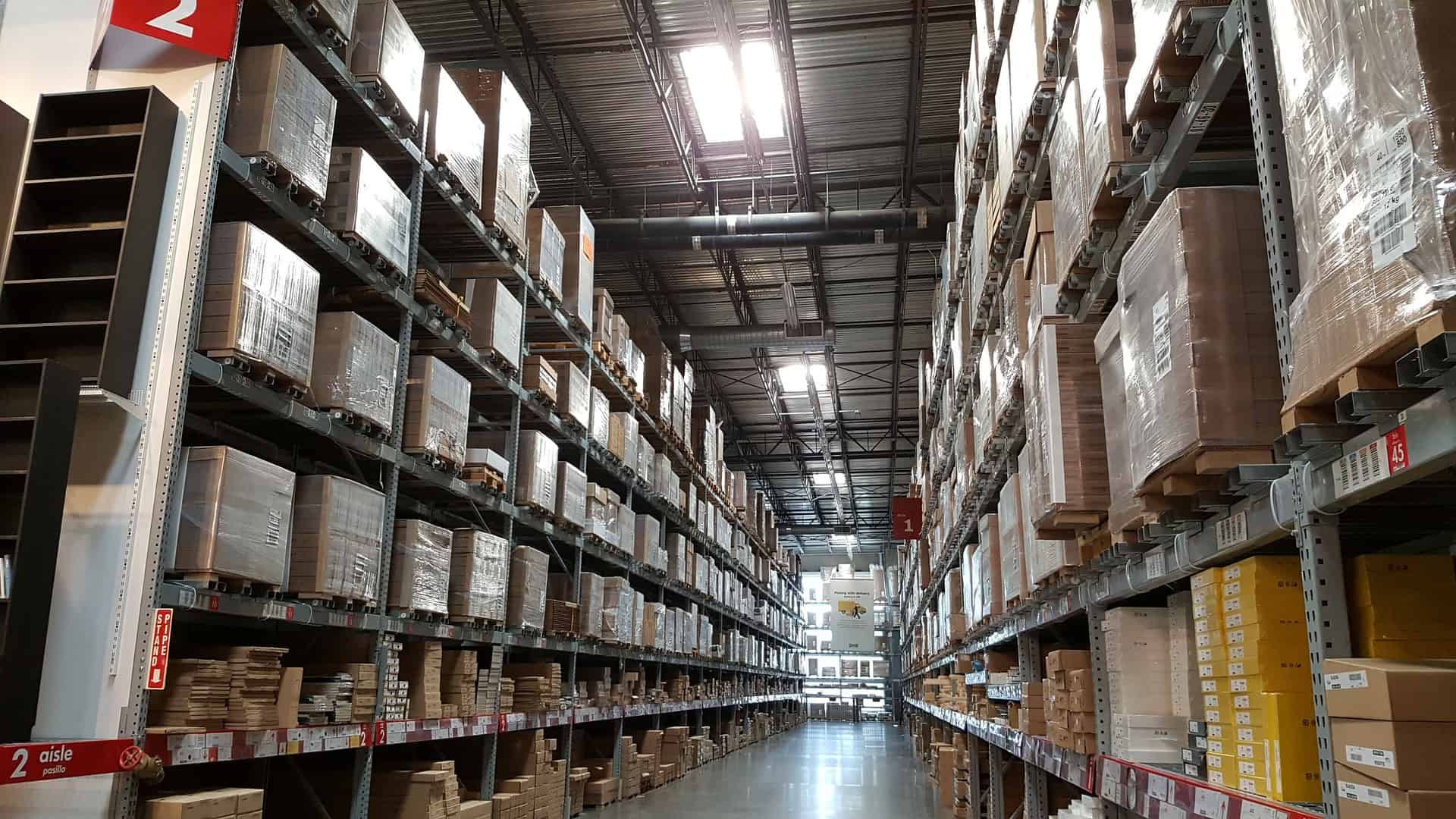In the supply chain as well as the world of logistics, time is money. That’s why warehouses always look for the best way to move inbound products via distribution as quickly as possible. The best method for each warehouse will vary as a result of the warehouse in question, which typically depends on the layout of the facility as well as the size of the company’s staff.
One way by which warehouses can make their processes more efficient is to implement cross docking, which essentially eliminates the need to store items. As such, the focus can be placed on getting inbound products across the docking terminal and onto an outbound truck as soon as possible.
Cross docking saves warehouses time and money, which leads to more satisfied customers. However, it is also not a one-size-fits-all solution. It can work well in certain facilities, though not others, so it is important to understand the pros and cons of cross docking when you are trying to decide whether or not cross docking is right for you and your warehouse.
How Does Cross Docking Work?
In a cross docking terminal, inbound trucks move to one side of the port, while outbound trucks gather on the other side. When an inbound truck is carrying products from a supplier or a manufacturer is docking, the items are immediately unloaded, sorted and placed upon the respective outbound truck.
This means that inbound and outbound trucks generally arrive around the same time, which means that your warehouse does not need to store any products on said trucks. Typically speaking, products are moved across the dock, from the inbound terminal and to the outbound terminal, whether that be via forklift, conveyor belt or pallet truck.
Since cross docking terminals field multiple inbound and outbound trucks all at once, products from multiple inbound trucks can end up on the same outbound truck. This can save money for your trucking companies as well as your customers, seeing as the truck space can be optimized for the purpose of delivering products to multiple clients.
How Does Cross Docking Help With Efficiency?
In warehouse facilities that do not use cross docking, an inbound truck may deliver products, but the outbound truck might not come until the next day. That means your warehouse needs to scan, sort and then store the products until the arrival of the outbound truck.
Cross docking is efficient because it gives more leeway in terms of when items can be sorted, but it also ensures that you have the space to store pallets of outbound items. Cross docking eliminates the need for additional storage space. That way, you can utilize more of your warehouse’s square footage for sorting and unloading or loading trucks.
And by implementing a system where trucks are always coming and going, you’ll be able to move more products through your warehouse, so your capacity will increase. As a result, you’ll be able to take on more customers, and your warehouse will make more money.
Trucks will be unloaded and loaded faster, meaning they will spend less time at your docking terminal and more time on the road. That way, customers will receive their products faster as well. This can cut costs and lead to more satisfied customers as well as trucking partners.
What To Consider With Cross Docking
It sounds like a great system, right? Cross docking can help optimize your warehouse, but only if it’s right. Keep reading to see what you need to consider before adopting cross docking.
Simple Facility Integration
Cross docking can efficiently handle more business, but you need the scale to do it. If you do not have the facilities or staff to handle cross docking effectively, it will slow down your efficiency and lead to an unorganized warehouse and delayed shipments.
In that situation, a system like transloading may work better. However, if you have the resources to handle cross docking, you could elevate your business to a new level, allowing you to handle more customers and make more profit.
Staffing
In a cross docking terminal, you’ll need enough staff to unload all inbound trucks, sort the products before sending them to distribution and load all outbound trucks. It’s an efficient system, but it requires a fairly large staff.
Without proper staffing, the system won’t work as designed. This will lead to a backup of products that need to get sorted and delays loading trucks. If you don’t have the staff to dedicate to each part of the system, cross docking might not work in your warehouse.
Facility Logistics
There are a lot of trucks coming and going in a cross docking terminal, but that’s the point! It’s a great way to increase your capacity and revenue, but only if you have the right facility.
Do you have two ports that can work as dedicated inbound and outbound ports? Do you have enough road space to handle incoming and outgoing trucks?
You’ll need to think logistically about how the pattern will move through your warehouse, from when the trucks enter until they leave. If you’re afraid of things getting convoluted and overcrowded, then you may need to try another process.
Coordinating With Clients
Cross docking allows one warehouse to handle a large client list. However, cross docking is pointless if you don’t have enough clients. You need to communicate with your clients and ensure you can organize enough inbound and outbound clients for cross docking to be effective.
If you can’t get inbound products out through distribution right away, you’ll end up storing them, which defeats the purpose of cross docking.
Optimize Your Warehouse
Cross docking has the potential to be a win all around for you, your truckers and your customers. It allows you to move more products faster, allowing you to bring in more revenue.
It might also allow you to grow your business by increasing your customer list. However, cross docking is not an effective solution for everyone.
Warehouse owners should consider how and if they could implement it in their facility. Its promise of efficiency is tempting, but without the proper staff, facilities or customers, an attempt at cross docking might lead to a less efficient warehouse.
If you’ve thought it over and feel confident that you have the staff and facility for it, then cross docking might be your solution to growing your business.
FAQ
One company that uses cross docking is Amazon. They take their inbound products, sort them and move them onto delivery trucks as soon as possible. That’s why they can accomplish such quick shipping times.
Cross docking moves products quickly, so they do not have to allocate space to store products. The quick movement also allows warehouses to manage more customers, making them more money.
Companies use cross docking because it allows them to save time and money while transporting products from inbound trucks to distribution centers. It makes the best use of time and eliminates the need for storage.



